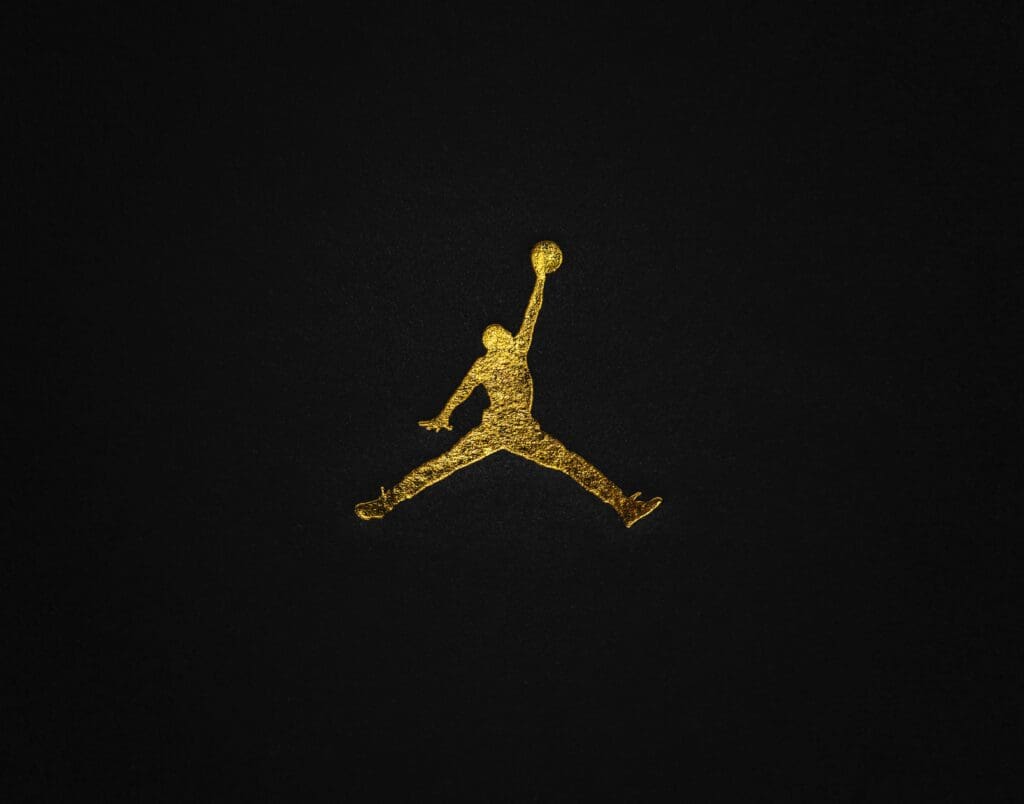Reevaluating Holiday Marketing: Why Off-Peak Campaigns Might Be Your Best Bet

With the holiday season approaching, many businesses are ready to invest heavily in traditional peak-season marketing. However, focusing exclusively on high-competition windows may not always yield the best results. Off-peak periods—such as the weeks leading up to or immediately following the holiday rush—present a unique opportunity for brands to engage customers without the noise and expense of high-demand seasons. Shifting marketing efforts to these quieter times can maximize visibility, optimize budgets, and lead to stronger, more meaningful interactions with customers.
Why Off-Peak Campaigns Can Outperform Peak-Season Marketing
Traditional holiday campaigns coincide with a flood of marketing activity, creating a highly competitive and often oversaturated environment. While many businesses focus on Black Friday or December’s final weeks, the spike in advertising costs during these times can quickly drain marketing budgets. Off-peak marketing, on the other hand, allows brands to benefit from reduced competition, which can lead to higher engagement rates and lower costs.
A Nielsen report shows that advertising costs in the U.S. can increase by up to 40% during the holiday season due to demand. By contrast, marketing during off-peak periods can stretch your advertising dollars further, as the cost of digital ads and placements tends to be lower. When fewer brands are vying for attention, you can target your audience more effectively, achieving better placement and visibility across digital platforms.
Additionally, during high-demand times, customers are often bombarded with ads, resulting in a phenomenon known as “ad fatigue.” Off-peak campaigns can mitigate this effect, ensuring your ads stand out and resonate with consumers who may otherwise feel overwhelmed by the holiday marketing barrage.
Timing Off-Peak Campaigns for Maximum Impact
Timing plays a crucial role in the effectiveness of off-peak marketing. Post-holiday and pre-holiday lulls are ideal windows for engaging customers who aren’t yet inundated with holiday ads or who are still in shopping mode following the season. Here are several strategic windows for off-peak campaigns:
- Pre-Holiday Campaigns in Early November
While many businesses wait until mid or late November to launch their holiday ads, an early November campaign can capture consumer attention ahead of the rush. At this stage, customers are already considering holiday shopping lists, making it an ideal time to promote early-bird specials or holiday planning content. - Post-Holiday Campaigns in January
January offers a unique opportunity to continue engaging with customers who are in a buying mindset, especially those seeking New Year deals, fitness goals, or home improvement projects. Many customers are still receptive to sales and promotions, but with fewer competitors running campaigns, your brand can achieve a higher level of visibility. - Mid-December for Targeted Outreach
During the peak of the holiday season, some customers may already be fatigued by heavy promotional messaging. A strategically timed mid-December campaign focused on last-minute offers or unique holiday gifts can appeal to late shoppers and stand out amid the noise. - Summer and Spring “Off-Holiday” Campaigns
Beyond the holiday season, consider tapping into the lesser-known shopping windows. Summer sales or back-to-school promotions in August, for example, can yield high engagement and capitalize on consumers’ needs outside the traditional holiday calendar.
Benefits of Off-Peak Campaigns: A Budget-Friendly Advantage
By marketing during off-peak times, businesses can reach their audience at a fraction of the cost. When demand for digital ad space and paid social media drops, prices decrease, allowing brands to purchase prime ad placements without the inflated cost of peak seasons. This approach is particularly advantageous for small to medium-sized businesses that may not have the large budgets of major retail brands.
Moreover, off-peak campaigns often generate higher-quality leads. With fewer competitors and less ad clutter, customers are more likely to engage deeply with your brand’s message, leading to more meaningful interactions and higher conversion rates. Customers who take the time to click on and engage with off-peak campaigns are typically more interested in the offer, resulting in better ROI.
Strategies for Executing Effective Off-Peak Campaigns
- Leverage Exclusive Promotions and Limited-Time Offers
Off-peak marketing is a great time to introduce exclusive promotions or limited-time offers, such as early-bird discounts, loyalty rewards, or bundles for select products. These offers can help build anticipation and attract customers who want to secure deals outside of the peak season. - Create Value-Driven Content for Specific Audiences
Focus your off-peak content on customer needs that align with the season. In January, for instance, health and fitness, organization, and home improvement are popular themes. Content that adds value, like guides, tips, or customer testimonials, can increase brand trust and help customers see the relevance of your products year-round. - Retarget Past Customers
Retargeting campaigns are a cost-effective way to engage customers who have previously shown interest in your brand. Use off-peak periods to reengage past buyers with personalized offers, product recommendations, or exclusive discounts that encourage repeat purchases. - Optimize Your Digital Presence with SEO
Off-peak marketing is also a good time to improve SEO and content marketing efforts. Focus on creating content that targets seasonal keywords relevant to your off-peak audience, which can improve search visibility over time.
Final Thoughts
Reevaluating your holiday marketing approach to include off-peak campaigns can offer an affordable and effective way to boost customer engagement and optimize your budget. By targeting quieter times like pre-holiday or post-holiday periods, you can reduce ad costs, improve visibility, and deliver more impactful messages to your audience. In a crowded marketplace, strategic timing can give your brand a competitive edge while maximizing return on investment.





